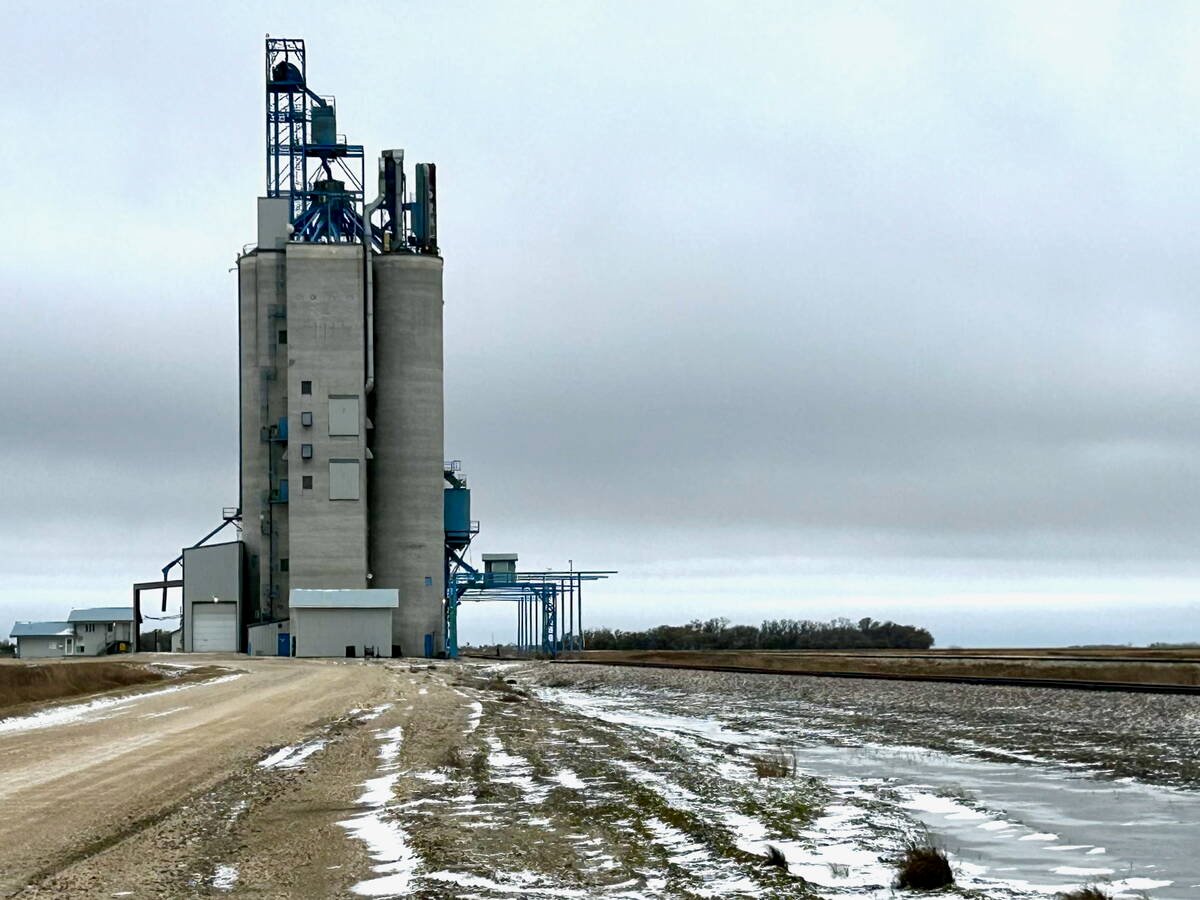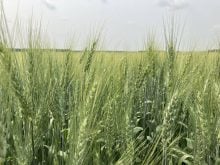Whether placed beneath, beside or top dressed, fertilizer must be placed with care to avoid burning up yield potential
Strong commodity prices go hand-in-hand with higher input prices and most farmers are concerned about getting the best return on those expensive inputs.
A well-managed starter fertilizer plan can help boost that return on investment.
Chad Kruse of C & R Supply offered his analysis for introducing starter fertilizer into a no-till farming system in a recent feature in No-Till Farmer, a United-States-based information source.
C & R Supply is an ag equipment manufacturer in South Dakota.
Kruse begins with a warning: Sulfur or salt that contacts the seed can cause seed burn and significant yield damage.
Read Also

Manitoba grain elevator ownership expands
Carman-based Linear Grain buys Fannystelle elevator from Bunge, another three elevators sold to Morden’s BP & Sons Grain and Storage Inc.
Corn is tolerant to some extent. Soybeans are much more susceptible and therefore it is more important to consider placement when applying starter fertilizer.
Kruse says there are three common placements for starter fertilizers.
The first placement is beneath the seed, which lays the fertilizer in a bead at the bottom of the trench. The planter drops the seed above the bead of fertilizer, not directly onto it. As the seed germinates, roots penetrate the layer where the fertilizer is laid. An ideal situation would see the fertilizer placed at the bottom, a little dirt falls over it, and then the seed is dropped. This would prevent direct contact of the seed and fertilizer. It would be layered: soil, fertilizer, soil, seed.
Not all planters can mount a tube for beneath-the-seed placement, in which case starter can go down with the seed instead of beneath it. It’s dropped in the furrow close to where the seed will drop. One doesn’t really come before the other.
The third option is after-the-seed placement. The seed is dropped in-furrow, followed by a tube coming out the back of the row unit, which sprinkles starter over the ground. The point is to limit direct contact with the seed.
Because of the ingredients in starter fertilizer and timing of the application, starter typically influences the nutrient program for the rest of the season. Whatever is applied is subtracted from an application later in the season.
Since phosphorus and potassium are usually constant, those rates will remain relatively unchanged.
No-tillage operators should pay close attention to nitrogen. First, the nitrogen in your starter fertilizer will come off the later application rate.
Also, consider crop type. A corn plant is robust compared to a bean plant. In contrast, soybeans in their initial germination phase are very fragile.
Here are a few guidelines for starter fertilizer this spring:
- If the fertility level is good in your corn, a small starter amount of about 100 pounds per acre provides an adequate response. Do not apply more than 70 lb. nitrogen and potassium oxide per acre, if it’s placed closer than two inches from the seed.
- Larger amounts of nitrogen can be applied in the starter but don’t exceed the limits for total nitrogen plus potassium oxide. For forage crops, the rate should not exceed 60 lb. of nitrogen plus potassium oxide per acre.
- For oats, don’t apply more than 20 lb. of nitrogen or 45 lb. of nitrogen plus potassium oxide per acre in the seed row.
- For winter wheat and barley, don’t apply more than 15 lb. nitrogen or 30 lb. nitrogen plus potassium oxide per acre in seed row.
- The recommended placement of the starter for corn or sorghum is two inches beside and two inches below the seed. Do not use a starter if sorghum is drilled.
- Starter can also be applied directly with corn seed as a pop-up. However, avoid urea and DAP (di-ammonium phosphate) and keep the rate low.
- Starter for forage crops should be banded one inch directly below the seeds.
- For small grains, the starter is usually drilled directly with the seed.
















